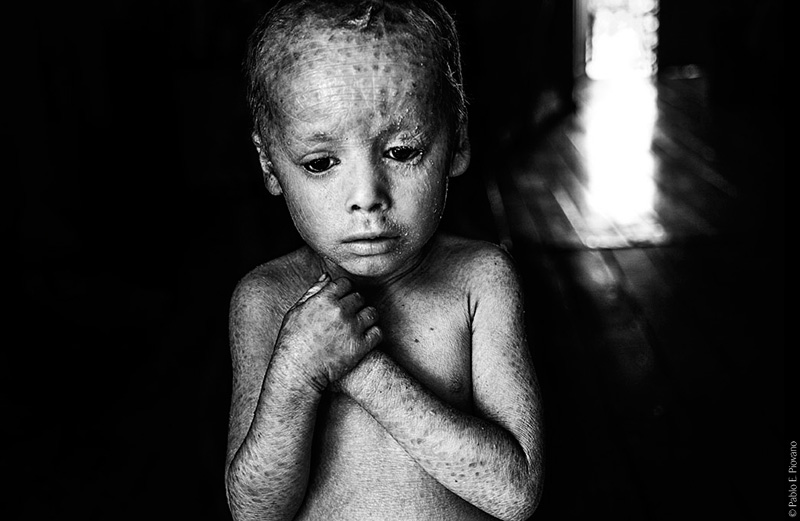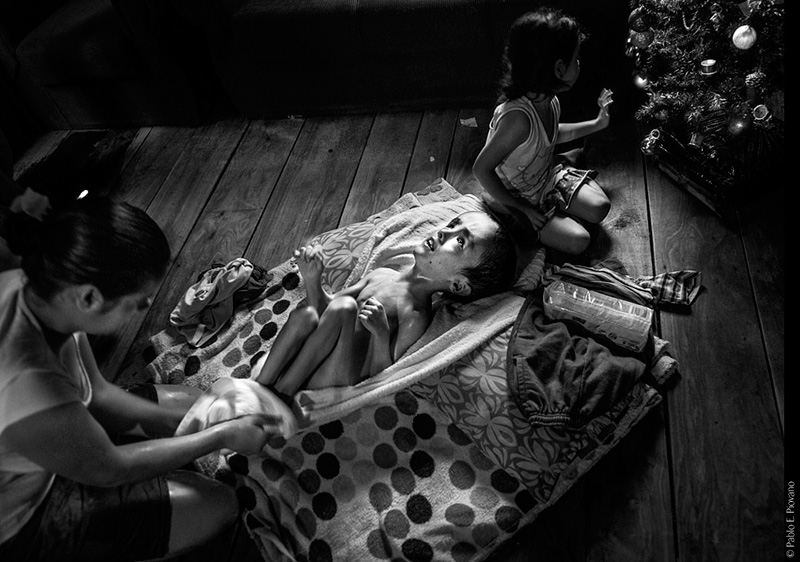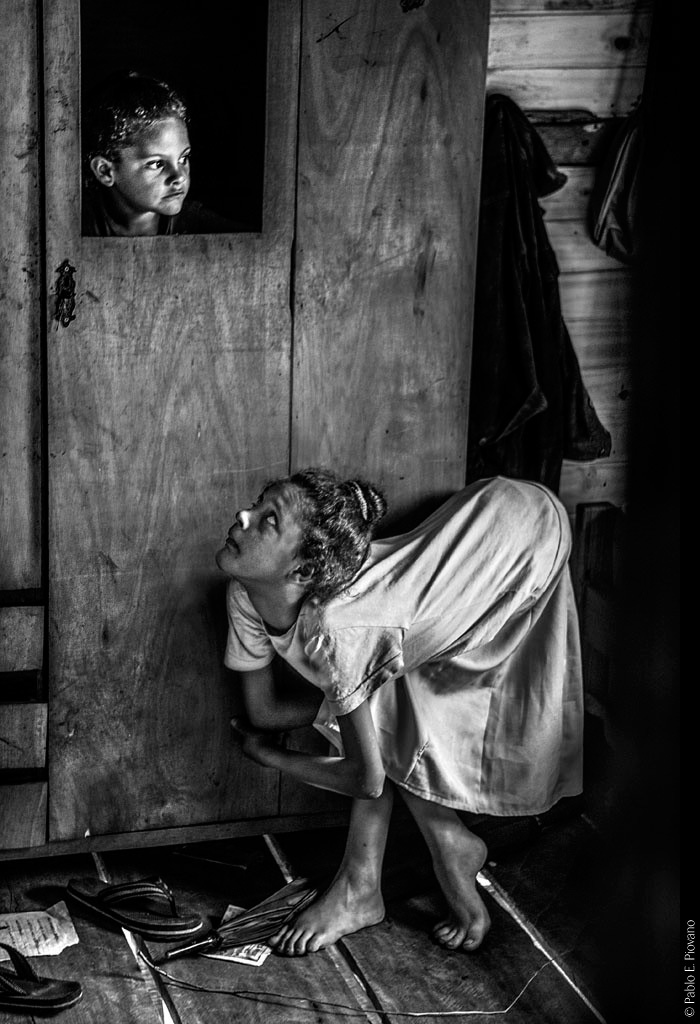
Glyphosate, one of the world's most used herbicides, has devastating, dramatic effects on the health of people living in very close contact with it. This time, the warning does not come from environmental organisations or WHO's agencies, but from a photo feature. Pablo Ernesto Piovano is an Argentinian photographer that decided, in 2014, to report the conditions of people living and working near GM soy crops, where massive amounts of herbicide are used.
The human cost of pesticides
The photo feature, El Costo Humano de los Agrotóxicos (The Human Cost of Agrotoxins) has been exhibited at the 2015 edition of the Festival della Fotografia Etica of Lodi, Italy. Piovano's pictures denounce the Monsanto Company, a multinational that patented the genetically modified soy crop combined with the use of the Roundup herbicide (soy is resistant to it), which contains glyphosate.
"This work has been driven by my love and tribute to Mother Nature. That is why I decided to work to take evidence on this situation, spending long days by my own, travelling over 6000km on my own 20 years old car, and my camera as my contribution to stop this to continue," said Piovano to Burn, magazine dedicated to emerging photographers.
At birth, Fabián Piris' life expectancy was 1 year. Today he is 8 and he suffers from hydrocephalus and an irreversible intellectual disability. His mother came in contact with glyphosate during pregnancy.

Everything started in 1996, when the Argentinian government approved the cultivation and trade of GM-soy and the use of glyphosate, without conducting any investigation, but taking as scientific evidence only the works published by the Monsanto Company. Since then, genetically modified crops cover 60% of total arable lands, and 370 million litres of toxic pesticides have been sprayed on 21 million hectares in 2012 alone. In those areas, cases of cancer have tripled over 10 years, whilst cases of malformation among infants have increased by 400%. The cases of skin diseases and respiratory disorders are incalculable, both among youngsters and adults.
The crystal boy. Lucas Techeira is 3. He was born with ichthyosis, a disease causing dry, thickened skin. His mother came in contact with glyphosate during pregnancy.
One third of the Argentinians suffer due to glyphosate
A recent investigation, as reported by Burn, estimated that 13.4 million Argentinians (one third of the country's total population) have glyphosate-related disorders. However, Argentina didn't take any measure to curb such dramatic situation, as well as it didn't commission further investigations and studies to discover what the population was going through.
The photo feature has not gone unnoticed. It has been awarded several prizes, such as the Mexico's Festival Internacional de la Imagenaward, and the third place of the POY Latam contest, in the "Carolina Hidalgo Vivar el medio ambiente" category. However, a culture of silence and such great power as Monsanto's are enemies hard to be defeated, way stronger than evidence and pain.




Comment: Monsanto's appalling lack of concern for either people or planet is sickening. In a sane society they would be brought to justice for what amount to crimes against humanity.